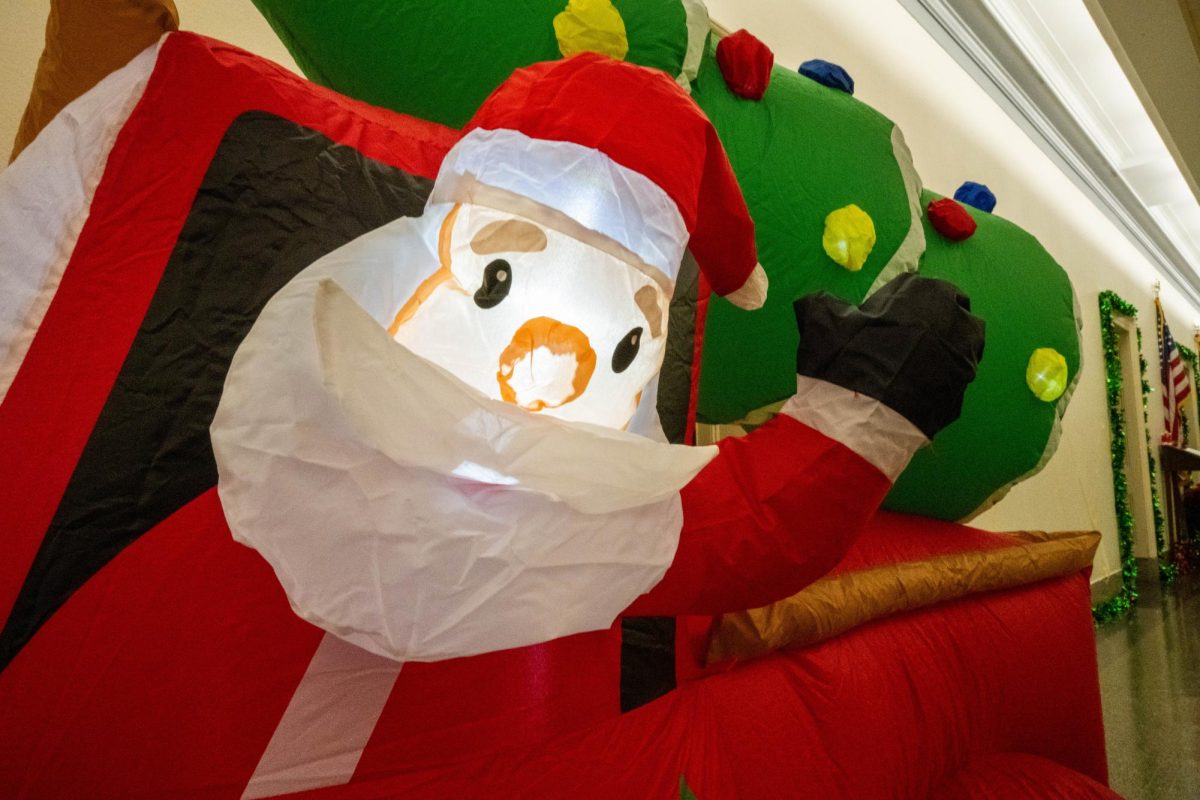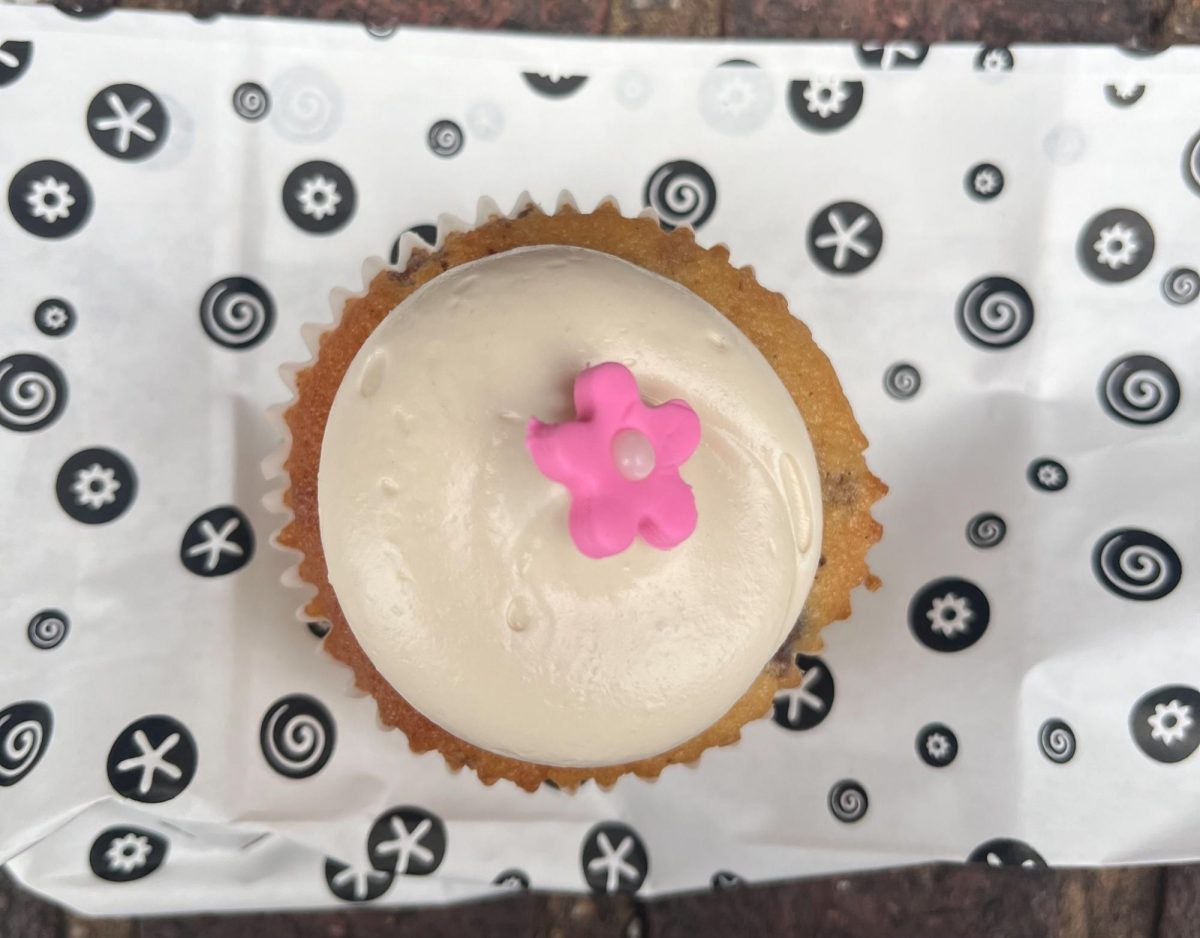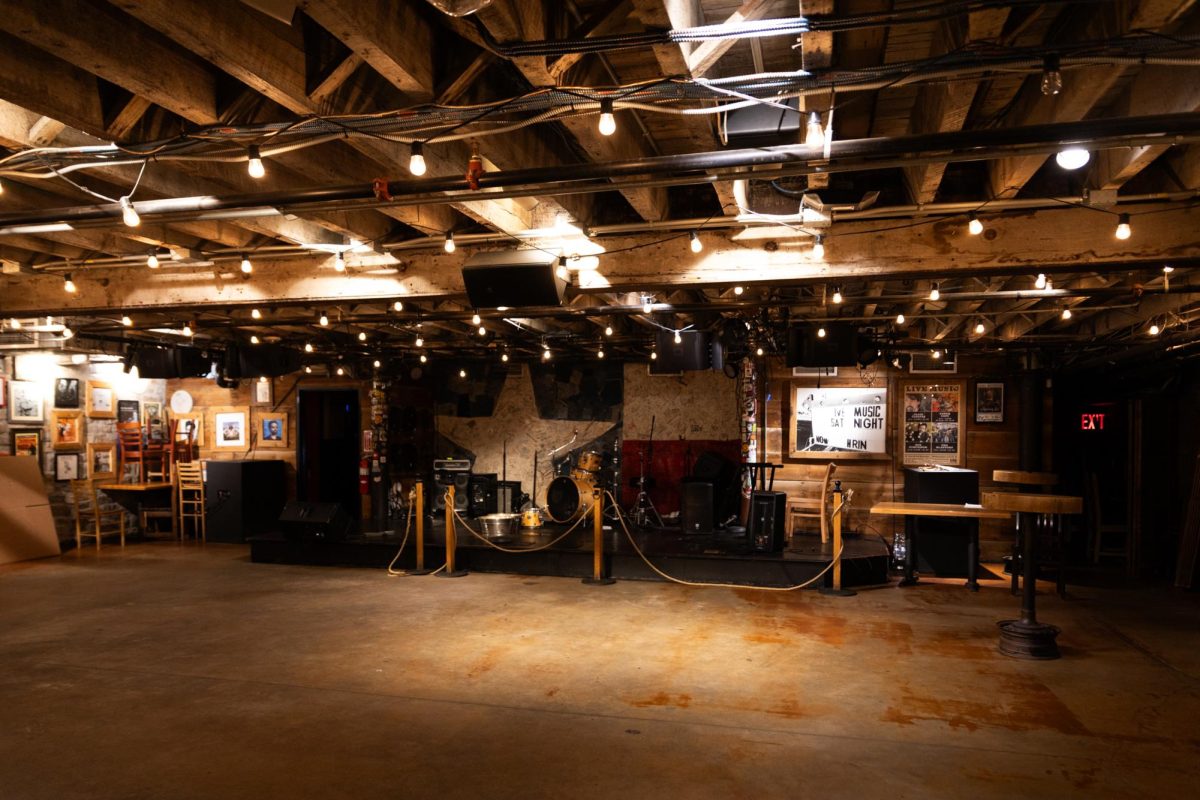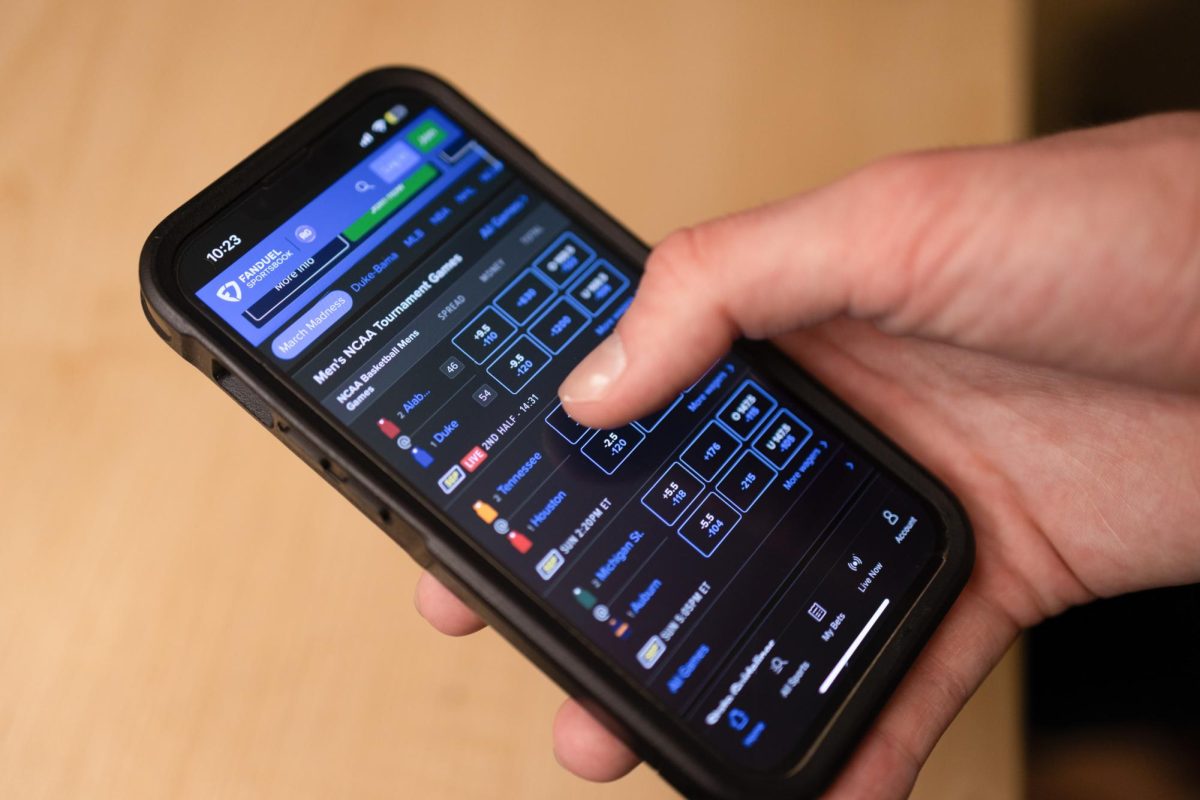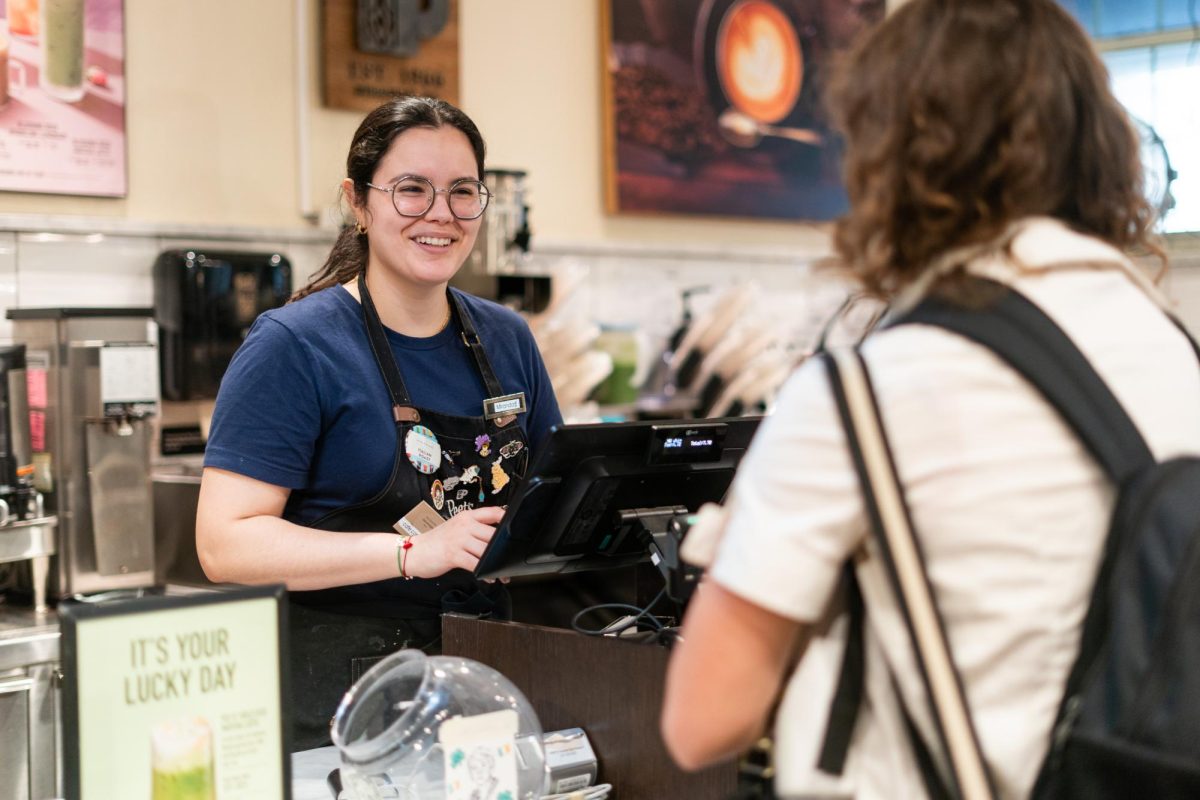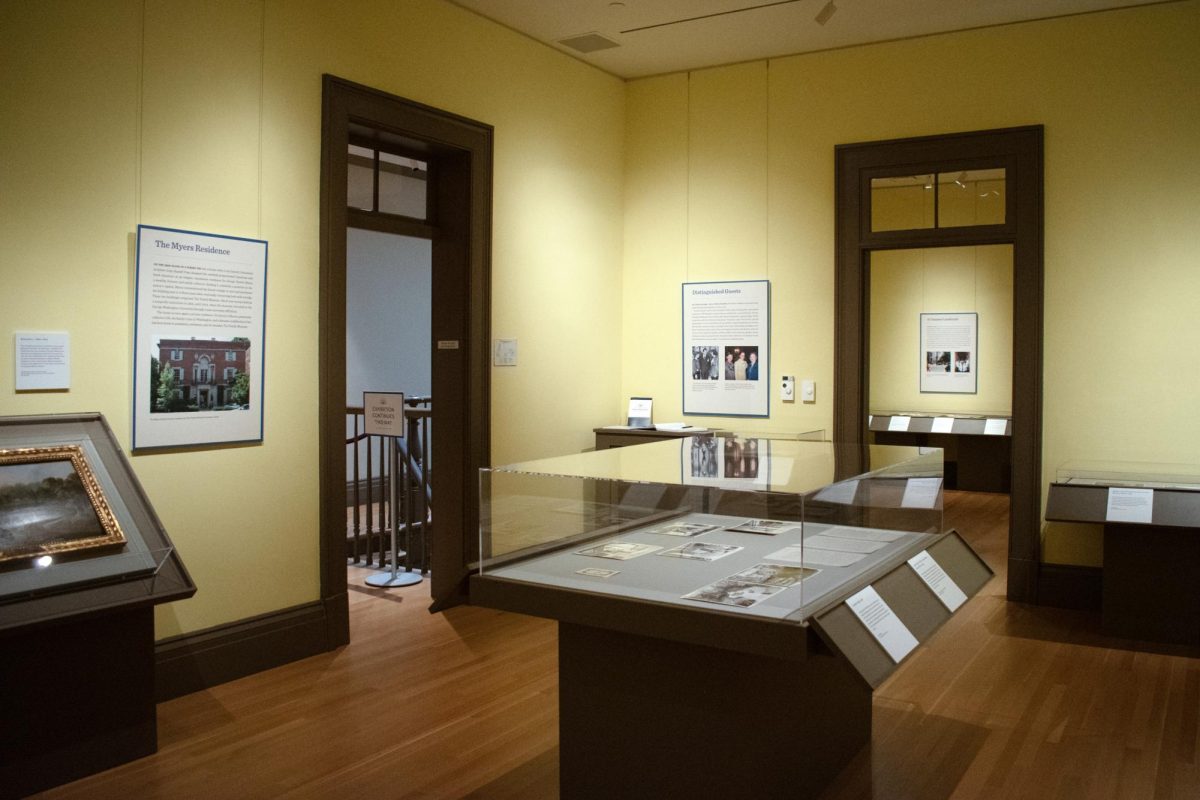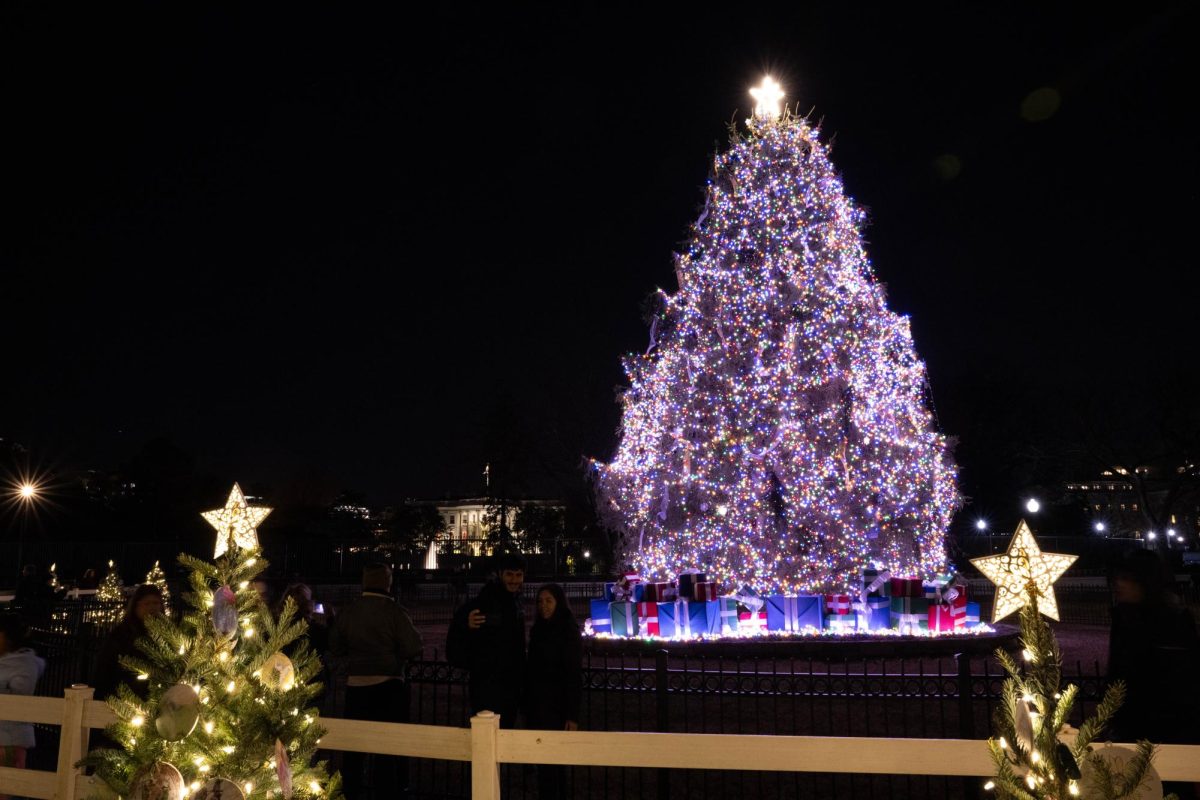It’s nothing short of a miracle that parents convince their little ones to believe in Santa.
He violates international space laws, breaks and enters with abandon and wiretaps worse than Watergate, and yet kids can’t get enough of him. Despite the joy and fear this man of myth inspires, several Hatchet staff members unraveled the hoax of Saint Nicholas at a young age, and their truth-seeking journeys were anything but jolly.
Jenna Baer | Contributing Culture Editor
Growing up as a little Jewish girl, there was nothing I wanted more than to celebrate Christmas. Not the midnight Mass or reading about the story of Jesus Christ parts, I just loved the home decor. From the twinkling lights to delicate ornaments, I was desperate for a tree of my own to decorate. I even begged my parents for the Jewish equivalent, a Hanukkah bush, to no avail.
Despite wanting to keep Christmas out of our home, my parents avoided breaking the Santa isn’t real news to my siblings and me, fearing we’d spoil the holiday for our friends. So when the man in the big red suit and flowing white beard showed up at my pre-kindergarten holiday party, I stood in line with all of the other kids to ask him for a present.
I waited patiently as my classmates begged Santa for puppies and bicycles before it was finally my turn to sit on his lap and ask for the one thing my parents would never give me: a Christmas tree. My request broke Santa’s sugar-coated heart, along with the parents who were volunteering that day.
When my mom came to pick me up after school, Santa and several of the parents came up to her and offered to pitch in to buy my family a Christmas tree, mistakenly assuming we couldn’t afford one. Horrified, my mom explained we were Jewish before marching me straight to her car and revealing the hard truth: Santa wasn’t real, and I would never get my Christmas tree.
Carly Cavanaugh | Reporter
One day when I was 8 years old, I went over to my neighbor’s house for a playdate around Christmastime. I was in her room with her and her older sister when her sister went on a tirade about how Santa was fake. I insisted that she must be wrong.
Unfortunately, she was not swayed by my logical argument that Santa must be real because there was no way everyone could be in on a lie. She proceeded to show me a Bible app on her phone that linked something about St. Nicholas to mortality, proving Santa must be a hoax.
I went home in a fit of tears and spent the night on my iPod Touch, searching Safari for any proof of his existence. My mom saw an article on my iPod about how to tell your child that Santa isn’t real, and she reassured me the next morning that people could post anything they wanted on the internet. My skepticism subsided.
But the next year, I received my annual letter from Santa and noticed the use of the word “whom.” The only person I knew who used that word was my dad, and Santa’s messy, italicized handwriting was awfully similar to his, despite the capital letters he used to disguise the handwriting. Once I saw Santa’s special wrapping paper in my parents’ closet that year, I knew for sure it was all a ruse.
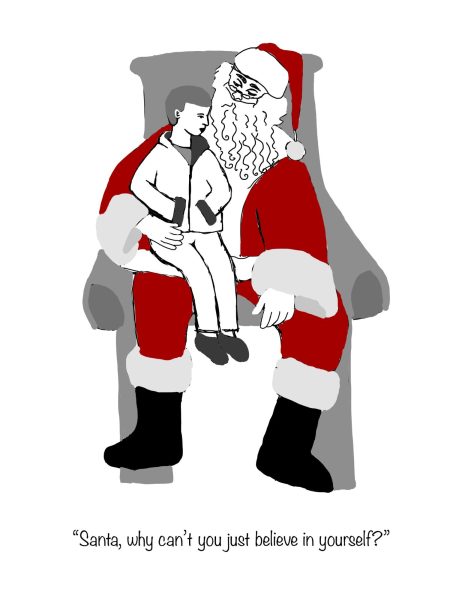
Nicola DeGregorio | Reporter
Being a few years younger than my older sister, I often relished listening in on the conversations she was having with friends. One December, my nosy intentions got the best of me, and I overheard them giggling and whispering about still believing in Santa.
Hearing this conjecture was the beginning of the end, and I set out to discover the truth for myself. I searched each room, closet and corridor to find any potential gifts. I gave silent thanks to the North Pole after each failed inspection. Santa was real, after all, and the whimsy of the Christmas season could live on.
Until I realized that there was one room I hadn’t checked: my parents’ bedroom. I ventured onward, peeking into closets and drawers. I found nothing, but on my merry departure out, I stopped short at a receipt from Barnes and Noble strewn across the dresser, where one item was purchased: “The Kicks: Saving the Team” by Alex Morgan, the exact title I wrote on my Christmas list weeks before. I left the room limply holding the receipt, and it remained in the bottom of my pajama drawer until Christmas morning.
On the big day, I snuck the receipt down the stairs, ready at any moment to reveal the truth. Peeling back the wrapping paper of one particular gift, in bold letters the book’s title stared back at me. Jumping up, I pulled out the receipt and presented it to my mom. I asked the question I had known the answer to since stumbling upon that little sheet of paper: Is Santa real?
Nick Perkins | Culture Editor
I didn’t have a particularly religious upbringing — I was raised as a Unitarian Universalist, which is the churchgoing equivalent of taking a class not because you care about the subject but because your friends are in it. Yet I still spent much of my childhood thinking about the one higher power I did believe in, Santa Claus.
When I was 7 years old, my mom was driving me and a friend to swim practice, and I thought I saw a message from that holy childhood figure: a cloud that looked exactly like Santa. I mused aloud with a twinkle in my eye whether Santa might be sending us some sort of signal.
My friend, whose favorite thing to talk about was how his parents would go to Hooters and drink vodka, didn’t share in my sense of childish wonder. He immediately asked my mom if Santa Claus was real.
My mom shut down the discussion, but with journalistic instincts lingering even at a young age, the question continued to tug at the back of my brain. After we dropped my friend off, not a second passed before I asked my mom: Is Santa just parents?
She relented and broke the truth to me. Her answer to my follow-up question was extra disillusioning: The Tooth Fairy was also not real, and the only person who cared about my teeth was my dentist.
Nick Pasion | Managing Editor
I was 9 years old when one of my last molars fell out at school. This time, though, I had a plan. After I got home, without telling my parents, I stuffed the baby tooth under my pillow. By the morning I’d either have enough money from the Tooth Fairy to buy a chocolate bar, or I’d wake up to find the tooth still there and prove that the Tooth Fairy and, subsequently, all other mythical beings, were not real.
I woke up to find the tooth still there. I confronted my mom on the ride to school. “This probably means Santa isn’t real too!” I yelled from the backseat. It felt like a cross-examination. I had caught her in a lie and brought forth the cold, hard tooth. She confessed to everything — no Tooth Fairy, no Easter Bunny, no leprechauns and, worst of all, no Santa Claus. My childhood was over.


